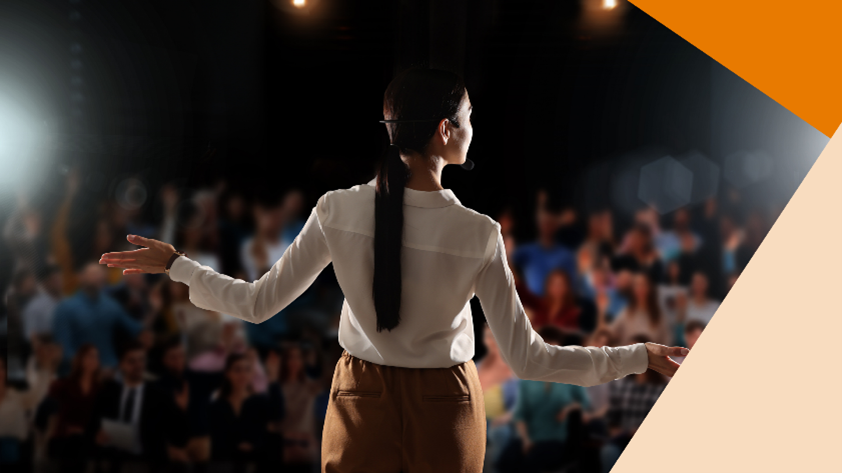
There could be a hidden barrier that jams your growth and holds you back.
MOST OFFICES WANT TO IMPROVE THEIR NEW PATIENT ACQUISITION. That is, attract more new patients.
At least, that is what many chiropractors and other doctors will say.
Oddly enough, that is not always exactly the truth.
Michel Killen, in his book Sell Futures, Not Features, says:
“Do you want more sales? The question should really be “do you really, really, REALLY want more sales?” This might sound insane and even obvious. Of course you want more sales, who doesn’t want more sales? However having taught and coached sales for a lot of people for a long time, this is often an underlying problem that has a tendency to sabotage our sales driving efforts. …I believe that people are creatures of goal pursuit, meaning they take actions which suit their goals. This means that if a business is struggling with sales, it’s usually because deep down a part of them doesn’t want more sales. This is extremely upsetting and even distressing to a lot of people, because of course they want more sales, everyone wants more sales!””
Well, I couldn’t agree more.
CONSCIOUSLY, you probably want more new patients as you know you can see more visits and, of course, you could use the increased revenue.
SUBCONSCIOUSLY, however, there is another story entirely. The devil’s advocate pipes up and says, “with more new patients, you will come home late, miss dinners with your family, your staff will make more errors, and your notes will start to backlog. You won’t have time to exercise, and your Worker’s Comp insurance will increase.”
But because you are a strong-willed entrepreneur and a bit of a rebel, you charge ahead and spend time and money on marketing. But after a while, you notice that your numbers don’t significantly increase.
Why?
There is a bottleneck somewhere in your office, a log jam, a Capacity Constraint.
The Theory of Constraints, originally discussed by Dr. Eliyahu Goldratt in his book, The Goal, has become a management science that implements a business improvement system. Simplified, it is a process that goes after the biggest constraint in any production process. Once that is fixed, management hunts for the next largest bottleneck, which continues as a never-ending process of improvement.
We adapted this, by the way, for practice management, in our Goal Driven System. The primary goal of the Theory of Constraints is profit. However, to achieve this, we need to look organizationally for the primary roadblock.
These constraints can be difficult to recognize sometimes. Partly because they are hidden and partly because of “damn-the-torpedoes” bias on the clinic director’s part.
For example, the front desk coordinator has been with the doctor for a few years and does a good job. The doctor returns from a new seminar, or someone new in the insurance department is hired, and things change. The doctor notices a moment when the front desk assistant is not busy and assigns them extra work. This happens a few times, and soon, the front desk has become a clerical department, filing insurance, ordering supplies, verifying insurance, and doesn’t have time to ensure all the patients are scheduled. When the phone rings, they kinda grimace and hope it’s not another new patient because they have more paperwork to do. Three months later, the doctor notices that the visits are down and spends more money on marketing.
But what is the real problem? The front desk is plugged up! Sure, some extra duties can be delegated to the front desk, but carefully, and ideally done at separate times when patients are not scheduled.
I have been able to increase patient volume and new patients by helping doctors locate the stuck points, the blockages in the office and open the flows. It could be a clinical assistant that is needed, a scribe, or replacing a staff member that really wants to work somewhere else. Maybe the staff needs better training, or intake forms massively simplified, or just a friendlier and less serious clinical director.
Constraints are like being stuck in a traffic jam. They wear your team down. And they affect your motivation and desire for growth.
Physical constraints result in mental constraints.
The real problem in marketing is not always with the marketing. It is often with the management. Being the entrepreneurial doctor you are, you know enough to make marketing work. You can make it work better once you fix the management of your practice and find the constraints and remove them.
Then, watch your volume pick up and your marketing really work.
Seize your future,
Ed
Want help removing all your constraints? Make an appointment for a quick all and I am sure I can help you uncover a probable bottleneck or two and give a you a couple simple solutions that could help.






 Effective leaders are, first and foremost, good teachers.
Effective leaders are, first and foremost, good teachers.
 How to be happier and more prosperous
How to be happier and more prosperous







 Gratitude is not only the greatest of virtues, but the parent of all others.
Gratitude is not only the greatest of virtues, but the parent of all others.
 Working with different offices, we are always reminded of the fundamentals that apply universally. For example…
Working with different offices, we are always reminded of the fundamentals that apply universally. For example…